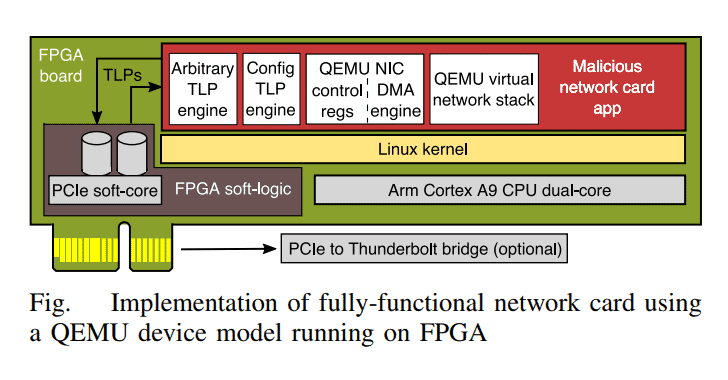During the second half of 2018, attackers bulked up existing tactics, rapidly evolvied new performance enhancements, and applied smart business techniques to vastly accelerate attack growth rate, according to the latest Threat Landscape Report by Netscout.

IoT’s countdown to attack
- Constant targets of DDoS malware, IoT devices come under attack within five minutes of being plugged in and targeted by specific exploits within 24 hours.
- IoT security is minimal to nonexistent on many devices, making this an increasingly dangerous and vulnerable sector, particularly as items ranging from medical devices to cars are IoT-equipped.
The ‘TerrorBit attack’ and beyond
- Overall, the number of DDoS attacks in 2018 was up 26 percent compared to the year previously, and attacks in the 100-400 Gbps range exploded, showing continued interest by bad actors in this attack vector and maturity of tooling in the mid-range of attacks.
- The global maximum DDoS attack size grew by 19 percent in the second half of 2018 versus the same period in the year previously, as threat actors launched strategic campaigns that compromised and used a vast array of devices related solely by internet connectivity. And “carpet bombing,” a new variant of the more common reflection or flooding DDoS attack, emerged, requiring different detection techniques.
Nation-state innovation
- DDoS attacks against the international affairs sector, which includes the United Nations, the International Monetary Fund and the State Department, increased by nearly 200 percent between 2H 2017 and 2H 2018.
- The volume of nation state APT group activity has increased in the space of the last year, as have the number of targets. Subsequently, NETSCOUT is now monitoring the activities of at least 35 groups across several countries, which include Iran, China, Russia, and North Korea.
- These groups are employing new techniques, combining custom-made tools with commodity crimeware as in the case of STOLEN PENCIL to extend their reach and impact.

Commercialization of crimeware
- The cybercriminal underground operates much like legitimate businesses using the conventional business practice of the affiliate model to rapidly generate profits. Increases in attack size reflect the continued monetization of the threat landscape.
- Campaigns like DanaBot increased distribution efficiency and cut labor costs by using an affiliate model to rapidly establish its presence across the globe, with 12 separate affiliates targeting financial institutions in many countries.
- However, collaborative crime fighting is also on the rise, illustrated by recent efforts with the ASERT team and the FBI during an investigation into MedusaHTTP DDoS, a botnet from a hacker known as stevenkings, that ultimately led to charges being filed.
Through telemetry on a massive scale, ATLAS delivers visibility into the backbone networks at the core of the internet. NETSCOUT gathers data shared by organizations around the world, including 90 percent of Tier 1 service providers, representing approximately one third of internet traffic.
 Firewall Security Company India Complete Firewall Security Solutions Provider Company in India
Firewall Security Company India Complete Firewall Security Solutions Provider Company in India

















